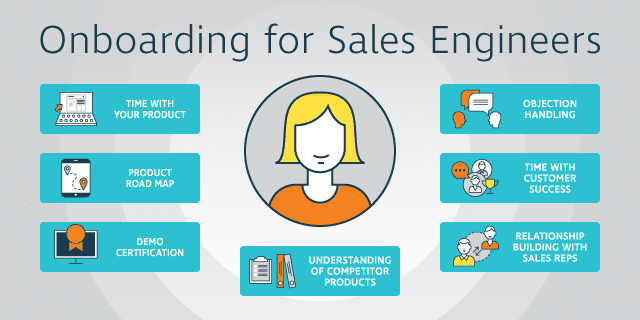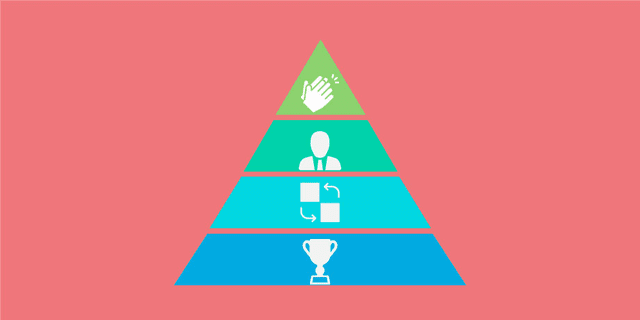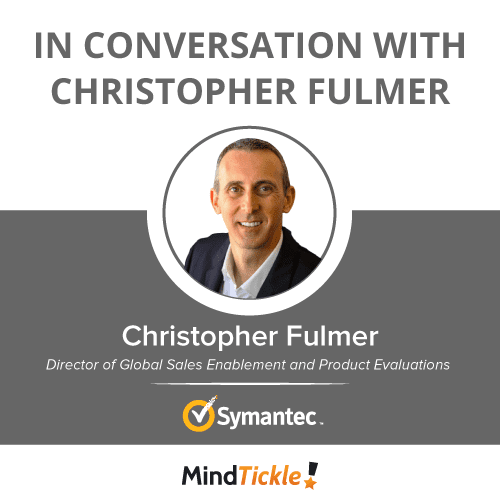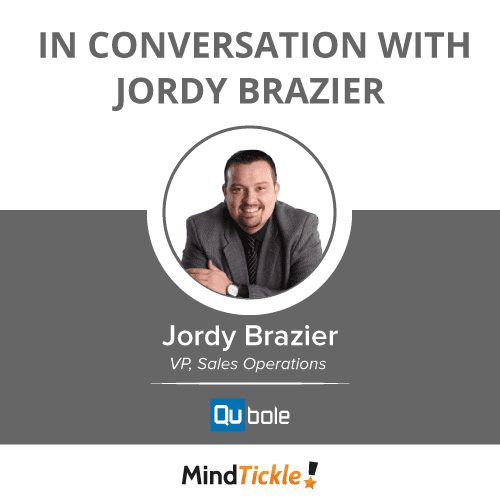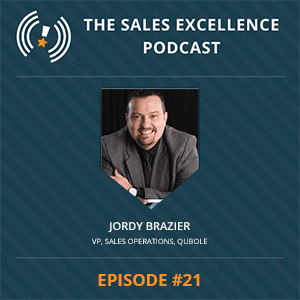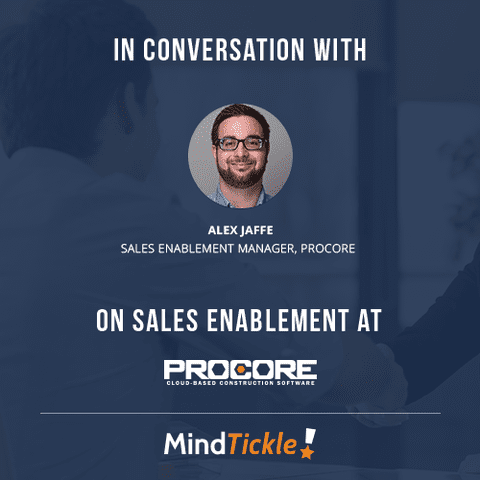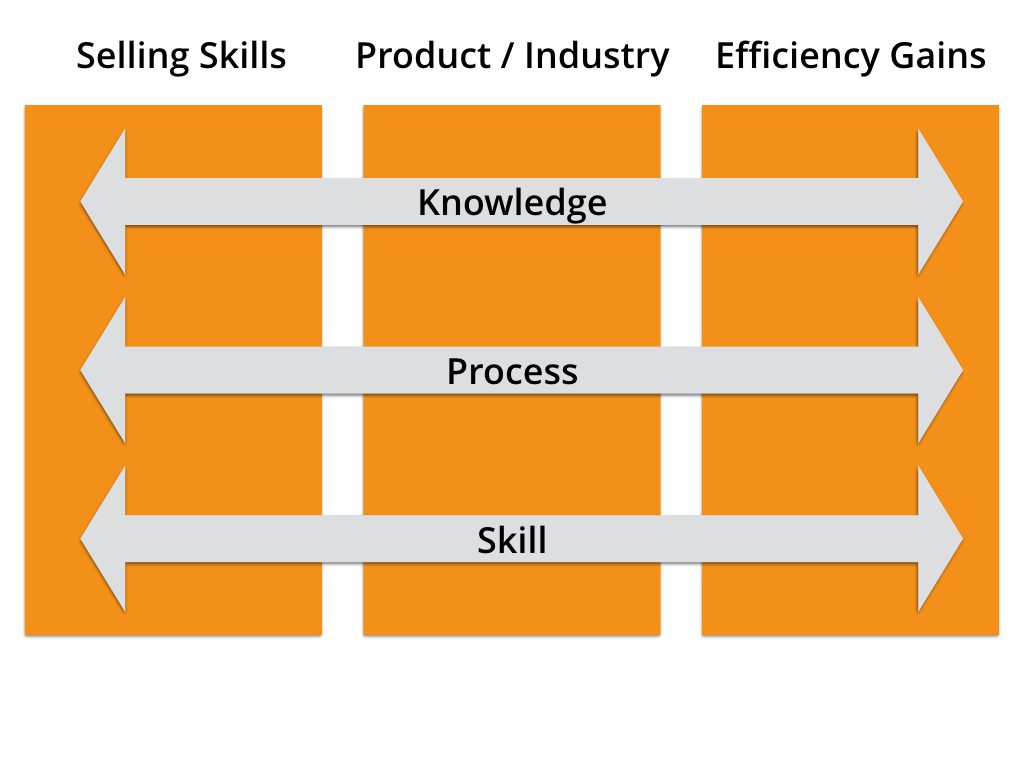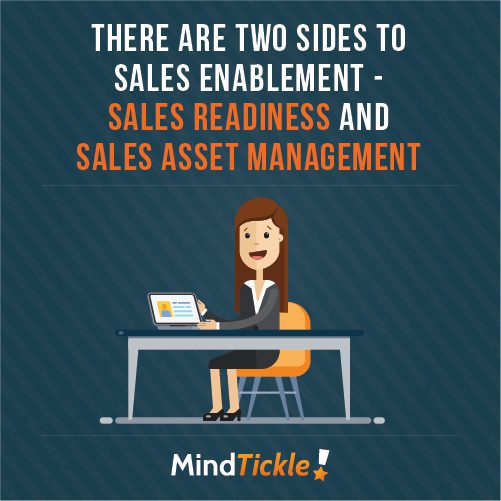When Launching Sales Enablement Tools, Create a Change Management Strategy
We’ve talked about best practices for successful implementation, how to increase the adoption of initiatives, and how to manage change when launching sales enablement tools.
But before you begin your sales enablement implementation process, you must understand how creating a change management strategy can ensure you receive the desired outcomes.
What is a change management strategy?
Change is necessary for companies to remain competitive in today’s marketplace. Unfortunately, people tend to resist change and wish to continue doing what they’ve been doing. Change management helps guide an organization through the transitional process as quickly and easily as possible. Change management strategy is a framework to support changes. It isn’t about the alterations themselves.
Why you need a strategy before your implementation
When preparing to change any processes in your organization it is important to create a unified strategy. Having a strategy ensures that everyone is on the same page before you start to make a change. You’ll confirm that everyone impacted by the upcoming transition understands the need for it. Plus they’ll know what to expect and will help you collect any needed input. When this all happens ahead of time, it brings people closer together and makes them feel more comfortable. This leads to increased compliance and adoption throughout the entire journey to your new desired state.
Creating your strategy
Preparing a strategy is about gathering information that allows you to make educated decisions when you create your actual implementation plans. Your strategy helps ensure changes are consistent and successfully applied to your entire organization. It’s about being aware of key factors ahead of your actual planning and implementation. There are three main steps to creating your change management strategy. They include:
- Situational awareness
- Supporting team structure
- Change management strategy analysis
Let’s take a closer look at each of these steps.
Situational awareness
This step involves gaining a better understanding of the actual change, who will be affected, and how your organization may have previously worked through similar changes, if applicable. Specifically, you need to look at change characteristics, organizational attributes, and groups that will be involved.
Change characteristics
- Gain an understanding of the change that you’ll be introducing. Answer the following questions to uncover the characteristics of your planned change: What is involved in the change? How many people will it affect? Who will be impacted? Will they all be affected in the same way or differently? What is being changed – processes, systems, job roles, etc? Over what period of time will the change occur?
- Organizational attributes: This is about understanding the history and culture of your organization as a means to better understand the people and groups being impacted. Remember that various groups will be affected in different ways. Considerations here include: How do employees and managers perceive the need for this change? Has your organization ever managed similar changes? If so, how was it done? Does the organization have a shared vision of the final outcome? How much change is already taking place prior to the upcoming implementation?
- Groups that will be involved: This final step in situational awareness entails developing a picture of who will be most involved in the change and how they will be impacted. You want an understanding of how different groups will be affected in their own unique way. This will enable specific and customized plans to accommodate each group during the actual change management process.
Supporting team structure
It’s important to identify a team and sponsor to support your change management strategy. Without this, it will be quite difficult to implement your plans when the time comes. Let’s take a look at both of these.
- Team structure: The change management team structure establishes who will be managing the change. It explains how the project team and the change management team will work together. It also specifies the team members and their responsibilities.
- Sponsor coalition: The sponsor coalition specifies which sales executives, operations, managers, and top performers should be onboard and actively involved in driving the change. It also designates the primary sponsor who authorizes and champions the specific change. The sponsor must be actively and openly engaged throughout the change project. All members of this coalition are responsible for building support and communicating with their particular audience within your organization concerning the change.
Change management strategy analysis
To ensure your change management strategy is effective, it’s important to consider what could cause your implementation to fail. Doing so allows you to proactively determine how to address these stumbling blocks so they don’t cause any delays in reaching your desired outcomes. Below are the three steps you need to take in this part of strategy creation.
- Project risk assessment: The more dramatic and extensive the change, the higher the risk. You also have a greater chance of difficulties if your organization tends to have a history of resisting change. As you develop your strategy, the change management team should document all potential risk factors.
- Anticipated resistance: Think carefully about where you might anticipate push-back on the upcoming change. Are there particular divisions, groups, positions, or individuals that are most likely to resist the new implementation? Making note of these can prevent them, or help prepare you to address them when they arise.
- Developing special tactics: Once you’ve identified your potential risks and resistances, you should determine how you will deal with each when and if they arise. Have these strategies prepared to facilitate smoother progress throughout your implementation? Of course, it is impossible to anticipate every issue in advance, so you’ll want to revisit this step periodically during your launch process.
After you create your strategy you’ll be ready to devise your change management plans. Be sure to stay focused on the information you uncovered while developing your strategy. It will greatly impact the success of your implementation. Without taking the time to create your change management strategy, you risk disorganization, a lack of compliance, or incomplete change. This will only lead to greatly reduced results. Now it’s time for you to create a change management strategy to prepare for your upcoming sales readiness implementation to ensure the best possible outcomes.



